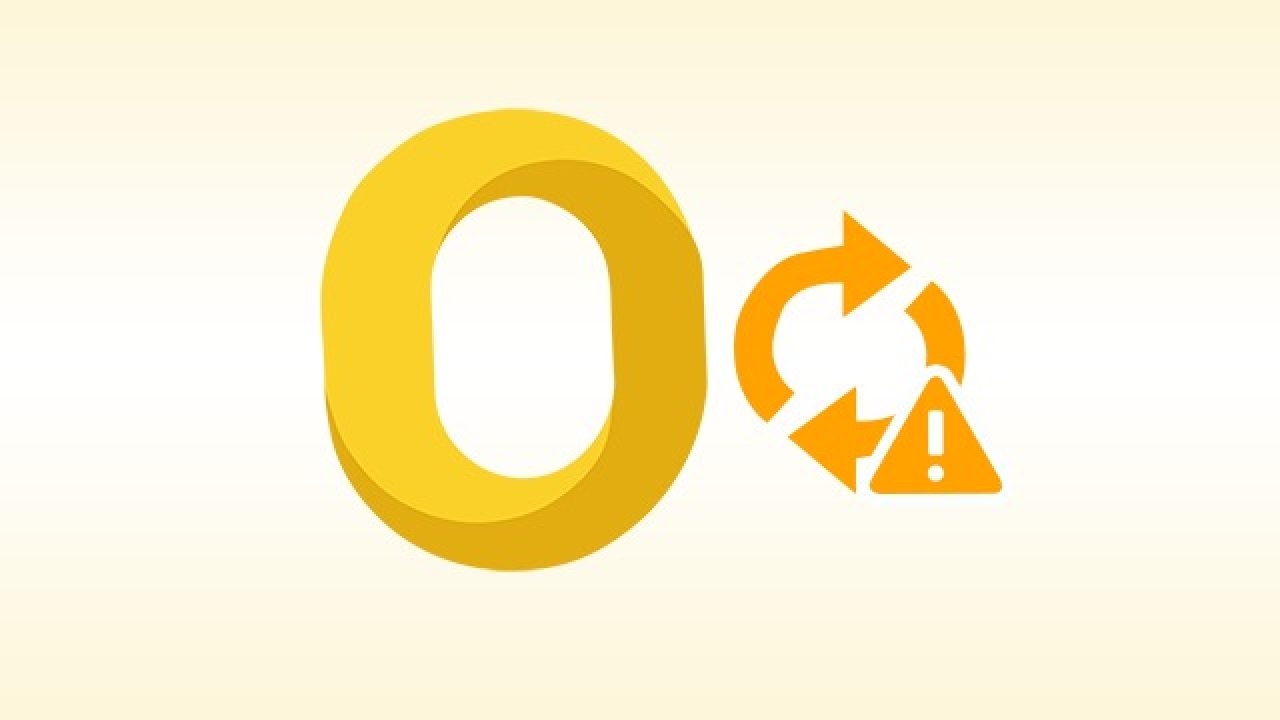


Provide a name to the OLM file and browse the saving location.You can shuffle between multiple types and categories. Select the data based on type and category.Start Outlook for Mac and go to Tools category.In the Outlook for Mac application, you can easily export the messages to the OLM file, which can contain the message, contacts, notes, calendar entries, etc. The AutoUpdate app will download and install the latest updates.

Here, you choose the option ‘check for updates,’ and it will launch the AutoUpdate app. Open the Outlook for Mac application and go to Help Menu. When you are accessing or restoring the Library folder, then you should be aware of installing the latest update to keep the Outlook for Mac updated with the latest modifications.


 0 kommentar(er)
0 kommentar(er)
